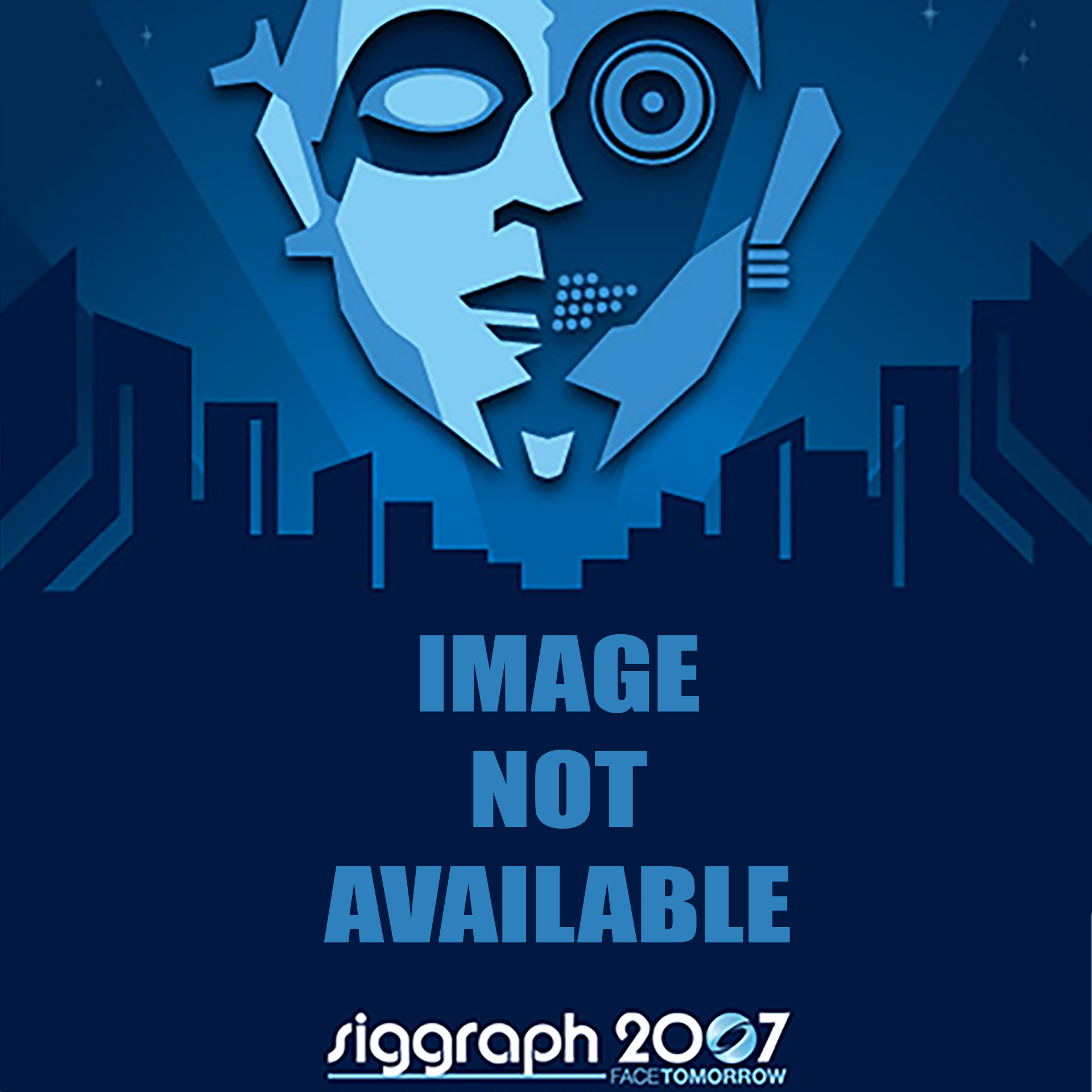“The effect of using large, high-resolution stereoscopic displays for flow visualization” by Chen, Forsberg, Kostandov, Willis and Laidlaw
Conference:
Type(s):
Title:
- The effect of using large, high-resolution stereoscopic displays for flow visualization
Presenter(s)/Author(s):
Abstract:
We report on a pilot experiment to explore the effects of display resolution, size, and viewing distance on three-dimensional flow visualizations. Participants performed three common flow visualization tasks using streamtubes, pathlines, and particle flurries on a rear-projected stereo display. Results show that participants favor high-resolution displays, although the display preference depends on the properties of the dataset. When interacting with the flow datasets, participants tend to place them at locations where they could see the whole dataset without losing context.
References:
1. Tan, D. S., Gergle, D., Scupelli, P. G., and Pausch, R., “Physically large displays improve path integration in 3D virtual navigation tasks”, SIGCHI, 439–446, 2004.
2. Ware, C., Information visualization: perception for design, Morgan Kaufmann, 2000.





